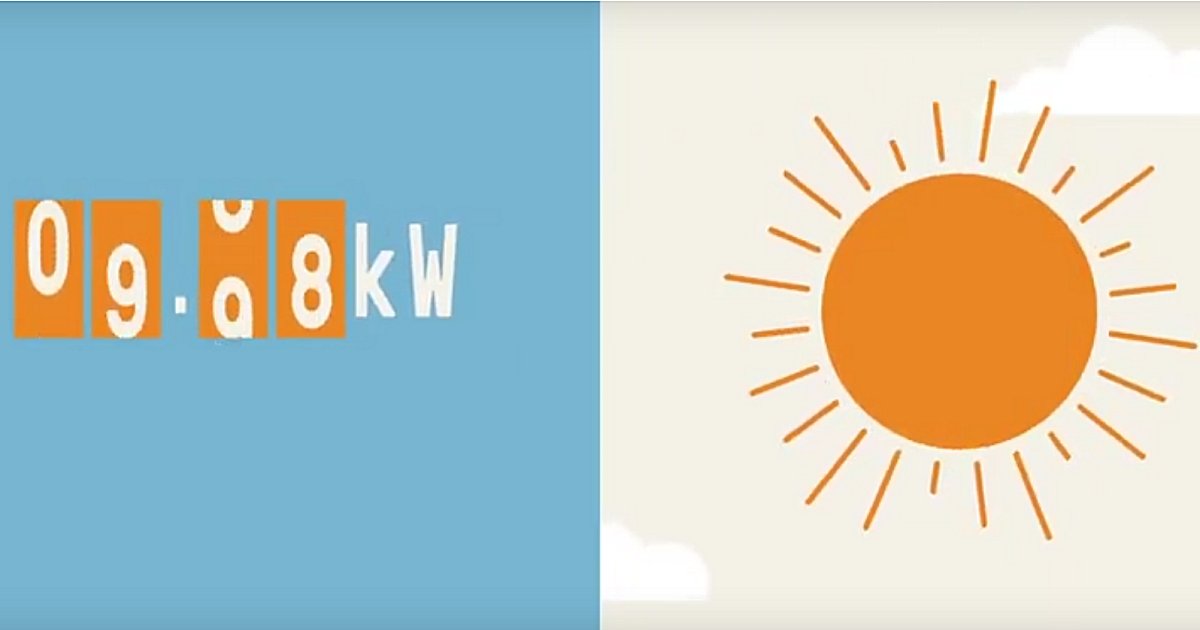
Introduction of a requirement for solar inverters installed in South Australia after December 1 this year to be technically capable of dynamic export limits has been delayed for seven months.
In South Australia, Distributed Network Service Provider (DNSP) SA Power Networks (SAPN) has an export limit in place for new solar installations of 5kW per phase.
This across-the-board limit has its issues. For example, some parts of the network can support higher exports, and in severely congested sections 5kW is stretching things at times. But even in areas experiencing high levels of congestion, there are periods when more could be exported.
Looking at the bigger picture in SA, one of the blunt tools available to manage situations when there is too much solar energy goodness going into the grid is remote solar disconnect/reconnect. All solar power systems installed in South Australia after late September 2020 are able to be remotely disconnected. As far as I’m aware this capability has barely been used en masse as this is a last-resort measure, although there was a recent close call.
A more elegant alternative to 5kW per phase export limits and remote solar shutdowns is flexible exports, also called dynamic exports.
What Are Flexible/Dynamic Export Limits?
Dynamic/flexible solar exports adapt to network conditions, meaning much higher maximum solar energy export limits could be applied when conditions allow for this to happen. In a nutshell, SAPN posts export limits for whatever period and solar inverters download this limit via an API and implement it.
December 1 Deadline Scrapped
SAPN has been tinkering with flexible solar exports in congested areas for a while now and plans to launch it as a standard service offering option in the not-too-distant future. The SA Government is gearing up for the wider implementation of dynamic exports and this means solar inverters need to be compatible, or compatible with hardware that can make it happen.
At the time of writing, the SA Government’s Department for Energy and Mining website states:
“To enable the continued installation of distributed generation, and to deliver maximum value to owners of these generators, from 1 December 2022, as prescribed by the Minister for Energy and Mining, prescribed electricity generating plants must be capable of remotely updating and enacting dynamic export limits.”
Note that this was meant to apply for *new* installations or (assumed) where an inverter is replaced in an existing system.
However, SolarQuotes Founder Finn Peacock heard on the grapevine last week the December 1 deadline has been scrapped as most inverter manufacturers aren’t ready.
SAPN’s page indicating inverters compatible with flexible exports and available now has a fairly short list. Only selected models from Fimer, Fronius, Growatt and SMA are compatible at this point, and all of those require addition of a SwitchDin Droplet.
A bunch of other manufacturers have indicated they are working towards developing flexible exports compatible equipment with native support (including SMA and Fronius) in line with the dynamic exports requirement.
I contacted the Office of the Technical Regulator on Friday about the December 1 situation and they have informed me:
“The commencement date for Dynamic Exports is now 1 July 2023 for solar, and we intend to publish amended guidelines allowing until 1 March 2023 for dynamic export requirements for batteries.”
—-
Update 19 January 2023. It has been pointed out to us the information provided by the Office of the Technical Regulator regarding dynamic export requirements for batteries was incorrect. In a document released by the Regulator a couple of weeks after this post was originally published, it states a date of 1 March 2024.
—–
The Office of the Technical Regulator says it is in the process of updating web content and the guidelines to suit. At the time of writing, SAPN’s web site was also still showing the December 1 deadline.

 RSS - Posts
RSS - Posts



It might only help for a year or two but moving SA’s resistive water heaters to solar hours seems a no brainer to me and would help with local congestion
The Solar Soak tariff is only 3.5c/kWh cheaper than ‘controlled load’ for overnight use. (AGL) No real incentive for consumers to change
Surely meter readers could be trained to change the clocks in ‘dumb’ meters
The tarrifs need to be higher before people will switch